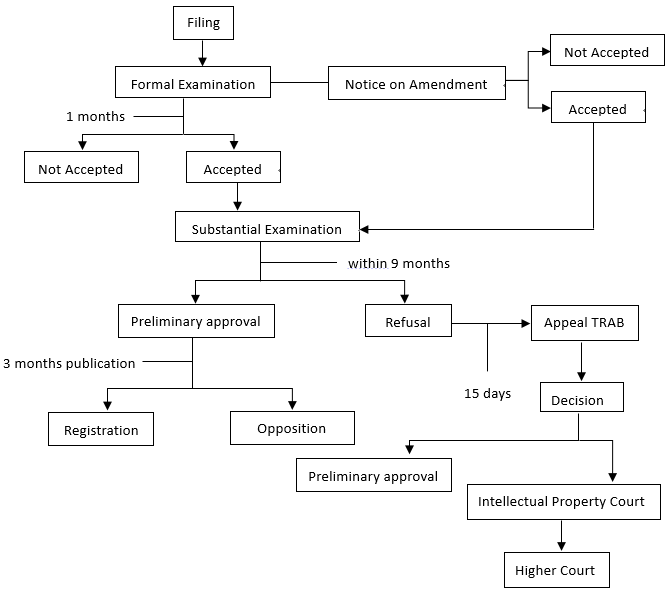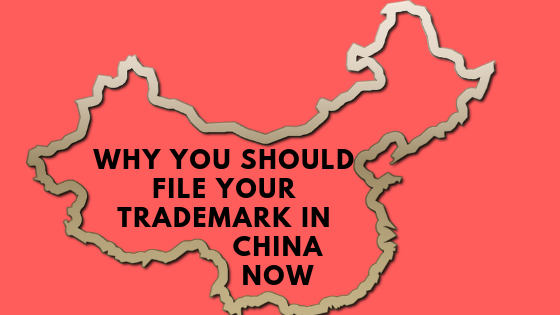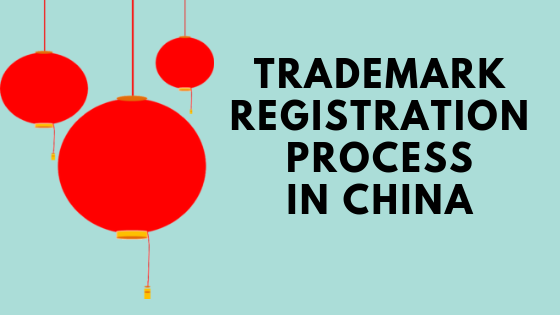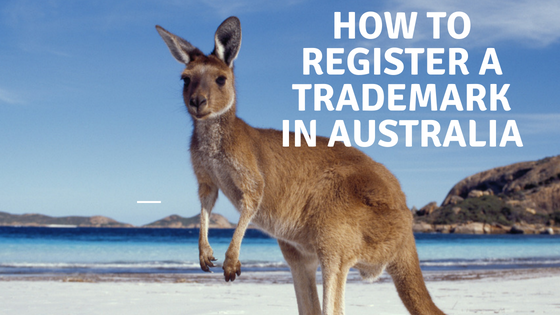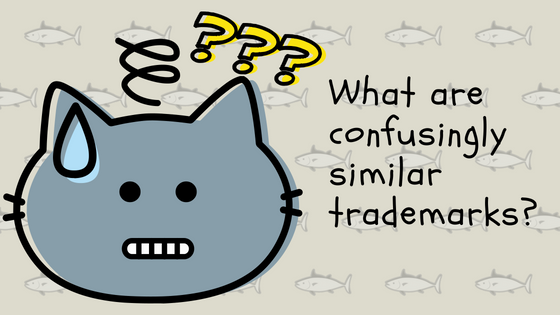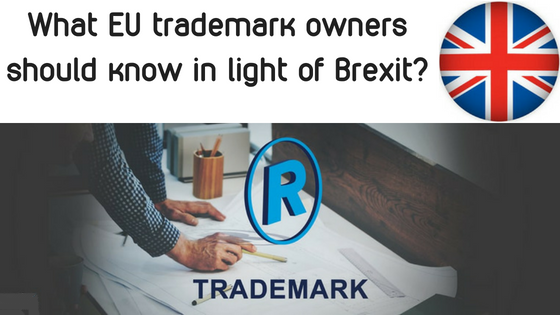When is the best time to file a trademark?
–Does the chicken come before egg or the egg before the chicken?–
We are often asked this question: When is the best time to file trademark?
This question is especially important for Amazon sellers as they have the additional pressure of getting into the Amazon Brand Registry. When can you get into the Brand Registry? When you have a registered trademark. So, that means the sooner you file, the sooner you will get a registered trademark, right?
Not so fast.
We’ve seen this a lot: Business owners and Amazon sellers feel this itch and unstoppable desire to file their trademark as soon as possible without really doing a proper analysis. They want to file for everything, i.e., keep their application as broad as possible because they don’t know what they will be selling in a year.
But, we don’t recommend jumping right in.
Yes, it is important to file as soon as possible. But, before a trademark can be filed, there are two important things that you must consider.
- It is essential to determine what products you will sell and what services you will offer. You see, in the US and Canada, your trademark will not register until use of the mark commences on all of the products and services listed in your trademark application. However, for Australian, EU and UK trademarks, use of the mark before registration is not required. So, if you file in Australia, the EU, or the UK, you can file trademark and achieve registration without having to use the mark before it registers.
In Canada or the US, before a trademark is filed, a business owner must come up with a business plan and determine what goods and/or services will be included in the trademark application.
Tip: Make a list of products that you want to include in your trademark application. The list must be fairly detailed: instead of “food products,” you must specify which kind of foods you want to sell, such as “chocolate” or “canned meat.” Don’t worry about determining which classes these products belong to – that’s our job – but focus on making a complete and detailed list of goods you’re currently selling, or plan on selling in the near future. You can also read our article that helps you understand how to list products and services.
- The business owner must also decide who will be the owner of the trademark. We discuss this at length in a separate article, but it’s best to file a trademark in the right entity name. You may already be aware of this, but: a US trademark application based on “intent to use” can only be transferred to another entity once use of the trademark begins. What does that mean?
Let’s say you rush and file your new trademark in your personal name, before incorporating. You plan to launch it in 6 months. Then in 2 months you incorporate or form an LLC and decide to put your trademark under your corporation or LLC. You open your Amazon seller account under your corporation or LLC name. Now, you are ready to sell, but you have a problem: your trademark was filed by you personally and you can only transfer the mark once you start selling products under your personal name. If your Amazon account has been opened under your LLC or company name, it may be difficult to make that first sale under your personal name, and without any sales, you cannot transfer your “intent to use” application to your LLC. You are caught in a Catch 22.
Tip: Stop and think carefully, who will be the owner of your new trademark?
Many people ask: Trademarks are expensive, shouldn’t I wait until I make money and then file an application? After all, I have common law rights.
Yes, it is true you have common law rights even if you don’t file a trademark. So why bother? The truth is: it is much more difficult and expensive to prove common law rights if you don’t have a registered trademark. In addition, you can’t get into the Amazon Brand Registry with an unregistered trademark.
The real danger in waiting to file lies in the fact that another individual or company can easily file for a trademark that is almost identical to yours while you wait to make sales. This means that you should file a trademark as soon as you come up with a trademark, decide what products you will sell and who the owner of the trademark will be. Do not delay. Do it yourself if you know how, go to your trademark lawyer, or use an online filing service but don’t delay.
We caution against delays given the risks involved. Take the example of a real client (whose name and suggested trademark we have changed): This past May, John came to us needing our assistance with registering a trademark. He wanted to trademark GYLA PRO STORE for notepads and writing paper. He decided to wait a little until he made his first sale as it’s a little cheaper to file a trademark if it is based on actual use. We told him that waiting is dangerous and that we should file right away. A month later, John made his first sale and we filed an application based on actual use on June 10. A few months later we learnt that another company, Company A, filed for an almost identical trademark GYLO PRO for identical products on June 7.
Instead of an easy trademark registration, this will now turn into a complicated and expensive process. Our client’s mark will be refused by the Trademarks Office based on that earlier June 7 filing. Luckily, as our client’s date of first use precedes Company A’s date of first use, we will be able to oppose the registration of this other trademark.
However, oppositions are very expensive and our client does not have the funds for an opposition. What are his options? We could write a cease and desist letter and threaten Company A with a lawsuit if Company A does not abandon the trademark and re-brand. We could also threaten to oppose. What if the other side ignores us? Our client could still use the trademark but won’t be able to register it. Therefore, he will not be able to get into the Amazon Brand Registry. In practical terms, this means that he will have to re-brand, as he needs a registered trademark to get into the Amazon Brand Registry. Had he filed in May when we recommended, this problem would not have come up.
The takeaway? These are the steps we advise that you follow:
– Pick your trademark and make sure it is solid from a marketing perspective, that it has a good vibe, that there are no negative connotations or hidden negative meanings associated with your mark which you are not aware of. Use Google and translate your mark to make sure you are not missing some hidden meaning.
– Use namechk.com to make sure your trademark is available on social media sites and that the domain name is available.
– Decide on the products that you will sell or on the services that you will offer or both.
– Do a proper trademark search to make sure the name can be used and can be trademarked in the country where you are interested in operating. It’s a good idea to do a broader search (in other words, search for your mark in more than one country) in case you decide to expand your business later. We offer free trademark searches but of course there are other companies who offer these services, and, while it’s not recommended, you can also conduct a search yourself.
– Determine who the applicant will be: an individual or a business entity?
– Decide where you are going to file. Will you only file in the US? Or perhaps you expect to do business in Australia?
– Decide on your trademark budget. This is very important as the cost of trademarking can vary (from $500 to $5000).
– Decide how you are going to file: by yourself, using an online filing service, or through an agency.
– File your trademark.
Don’t wait to make the first sale, don’t wait until your business takes off. It is much cheaper to file early than to file later and then chase those who beat you to the Trademarks Office by a few days.
Remember that trademarking is a long process so the sooner you file, the sooner you will proceed to registration.
Another consideration: for service businesses, coaches, consultants, advisors, and accountants, your trademark is your business, so waiting to file is not a good idea. Your brand identity is your most important asset, so protecting this is crucial. If your brand is stolen by somebody else because you chose to wait to file your trademark, it can turn into a big headache.
Register your trademark sooner rather than later if you’re serious about your business. Consider trademarking your brand as a valuable investment that will pay off as your business grows.
